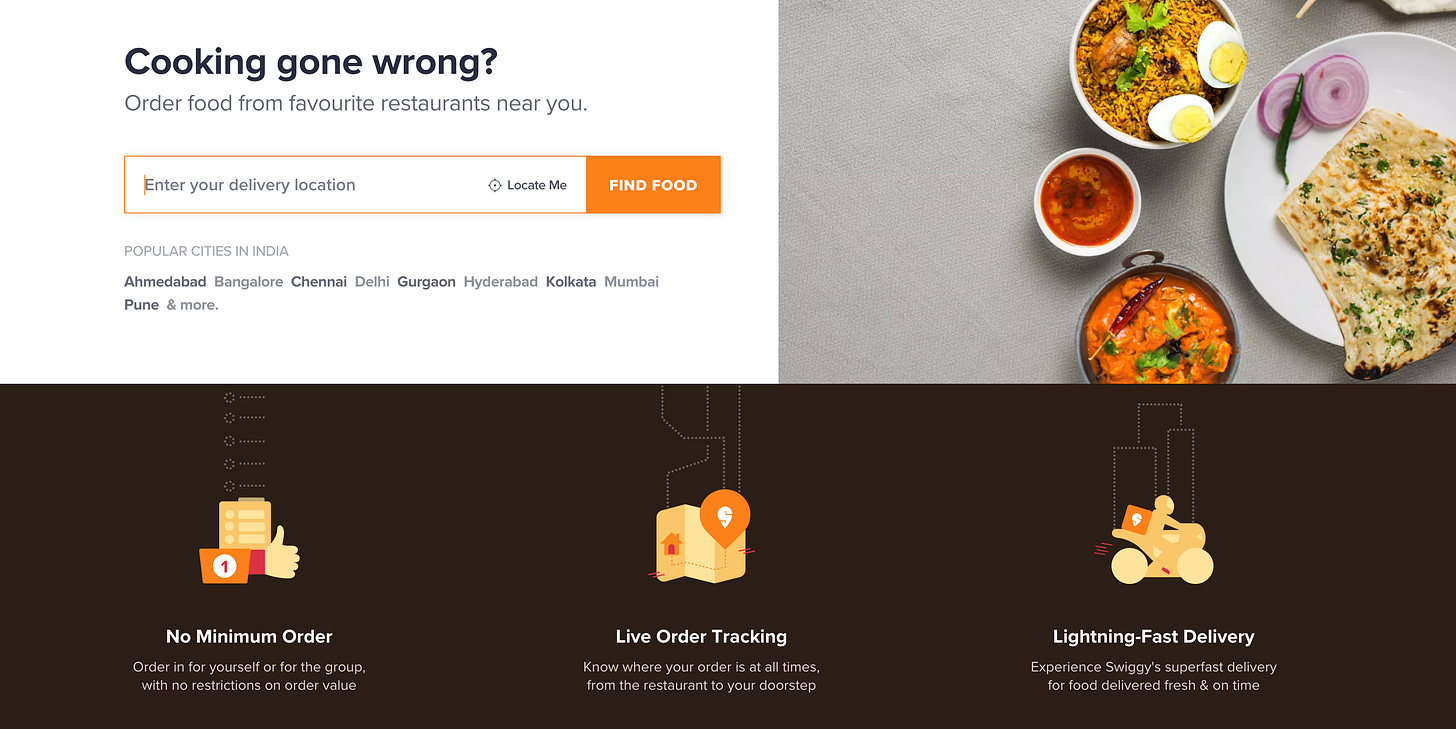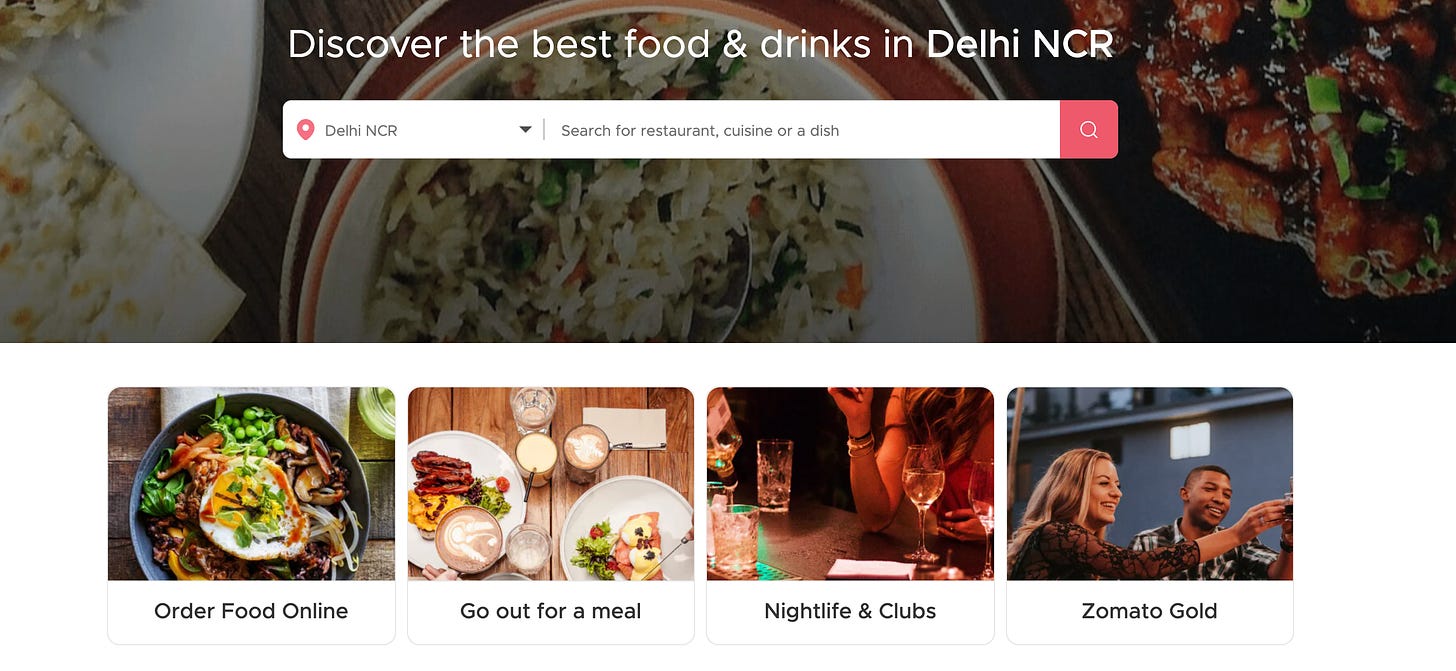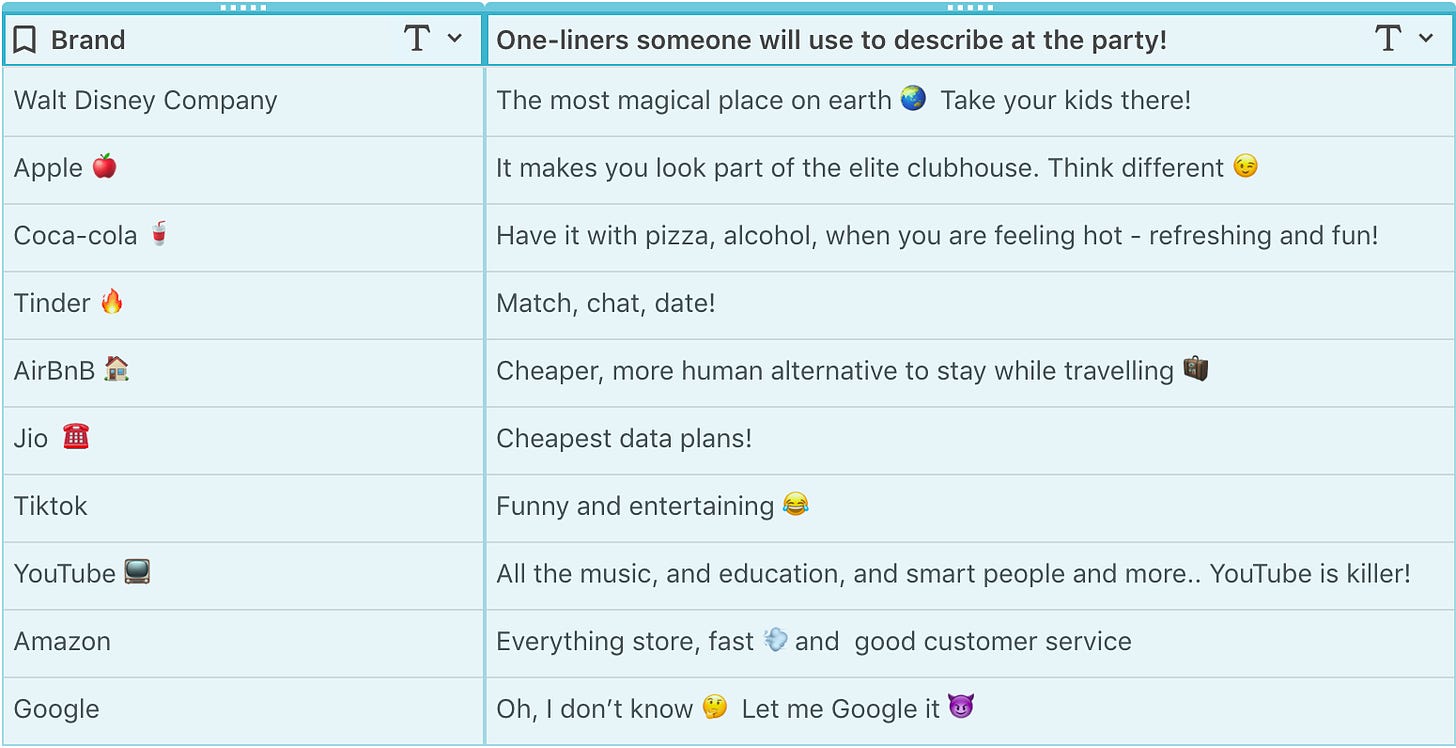Hello, and welcome to the essay #1 about positioning your product – Understanding Positioning Through a Practical Lens.
So why are we talking about positioning now? Once you have figured out the market need and the product that solves for it, the next challenge becomes how to position it into the market. If you are building reusable rockets ???? like Elon Musk, this isn’t a big challenge.
But more often than not, you are building a better version of something that already exists. Or if you are working in a bigger company, you are trying to launch something similar with the assumption that a stronger distribution channel or ???? will make your product successful. And it becomes hard to explain to your Mom/Dad (or CEO) on why you are building this, because in their worldview one of the two things are true
- One, people don’t need it
- Two, it already exists
My friend, that is where positioning comes to save you!
Okay, so what do we have here?
I will cover positioning in 3 weekly essays.
essay #1 : Understanding positioning through a practical lens
essay #2 : Competitive strategy and how it can help craft positioning for your product
essay #3 : Do’s and Don’ts of Positioning
Is this worth a read for me? ????
If you are an MBA or a marketer, you might have read Kotler textbooks during college and are familiar about its criticality. What I write here is a more practical view of positioning with real-word examples. After all, who likes the textbooks? ????
If you are a PM or entrepreneur with no formal education in marketing, you will save time if you were planning to read 4-5 books on marketing, because even then, I know you would struggle to remember and apply it. Been there, done that :)
Defining Positioning
First, let’s define positioning. To quote from Al Ries, who wrote the most seminal book on positioning in 1970s.
Positioning starts with a product. A piece of merchandise, a service, a company, an institution, or even a person. Perhaps yourself.
But positioning is not what you do to a product. Positioning is what you do to the mind of the prospect.
So it’s incorrect to call the concept “product positioning.” As if you were doing something to the product itself.
Not that positioning doesn’t involve change. It does. But changes made in the name, the price and the package are really not changes in the product at all. They are basically cosmetic changes done for the purpose of securing a worthwhile position in the prospect’s mind.
All 4 things highlighted in the above phrase are important. But if you were to remember just one thing, positioning is “How you differentiate yourself in the mind of your prospect.”
Once you have the clear differentiation, you can explain it to your parents, CEO and your customers on why they should care. If they aren’t convinced yet, you need to revisit the pitch.
Next let’s deep dive by studying few products and how it affected them. I have picked both digital and non-digital products to make sure you understand it better.
The curious case of Tata Nano ????
In India, Tata is a household name and a very strong, trustworthy brand.
In 2009, Tata Motors launched a new car – Tata Nano at a cost of INR 1,00,000. It was the cheapest car available . Tata said the launch was the realisation of a dream he had six years ago to create a car cheap enough for Indian families to trade in their motorbikes. In short, it was positioned as ‘A car for the common man of India’
The target audience was India middle class, who rely on two-wheelers ???? . This segment has 110 million households, a huge market. McKinsey and Co, a top firm in management consulting, predicted that in Mumbai alone, there were 2 million people who rode a motorcycle everyday, they would try to lift themselves up to buy a Tata Nano.
The marketing department missed an important point when it comes to cards while marketing Nano as ‘the cheapest car available’ or ‘the car of a common man’.
Car is regarded as a status symbol by Indians. And having ‘cheapest’ of something isn’t what people are comfortable with.
They later positioned it as ‘the smart car for young achievers’, but once you have made a positioning in consumer’s mind it becomes too hard to change ???? . In fact, it is easier to launch a separate brand.
There were other issues with Nano – around safety, aesthetics, robustness and they added fuel to the fire. But if one tries to remember the launch of this car, one always remember that it was cheap. And that is, the positioning in the mind of the prospect.
Digital brands in food-tech sector ????
Swiggy and Zomato are the biggest players in food-tech in India. This wasn’t the case since the start.
Zomato started in 2008, and by the time Swiggy started in 2014 Zomato was already valued at $660 million. What helped Swiggy enter food-tech so late and still be successful was a very different positioning from an already established player like Zomato.
See the homepage of the two apps and you will see the difference. Guess who is who?
#1

#2

Ah, I think it’s easier to distinguish because there is Zomato Gold written in #2 ????
Swiggy started as a delivery-first app, whereas Zomato started as a discovery-first app. It is also quite clear from their web home page screenshots.
Even in terms of their current initiatives – Swiggy is focussing on launching more delivery initiatives like getting you groceries, sending an item to a friend and alcohol to your doorstep. Zomato is building more ways to discover food like building food shows, feeds etc.
In post-Covid era, the lines are blurred because all companies are forced to focus on deliveries and no one wants to be seen behind the others. But the only viable way for these two companies to survive together is if they create different positioning/ targets groups in the market.
In absence of that happening, they will compete for the same position in consumers mind and one will eat the other over time since the cash burn to occupy that position would be unsustainable for investors.
Don’t believe me yet? See what happened in telecom sector in India – Jio vs Vodafone vs Airtel. The one with the strongest muscle ???? won by undercutting other players ????
How do I check if positioning of my product is clear?
So here is a task and a takeaway for you. You can check if positioning of your product is clear through two simple questions:
- Why would someone tell others about your product in one line at a crowded, noisy party?
- What will someone tell about your brand in one line at a crowded, noisy party?
For Q1, the product should be useful. Please go and read product-market fit. if you have doubts about usefulness.
For Q2, I am not talking about philosophical brand tag-lines. I am talking about what you and I will tell someone about it. Like I don’t tell someone about Nike saying ‘Just Do It’ , that will sound weird. What I tell them is they are durable running shoes which also make you look cool.
Here are some well-positioned brands and their one-liners:

These one liners do two things –
- They help you appear in customer’s mind when they need to do certain things where they could use your help.
- They help your customer tell others about you.
Beyond a threshold reach, every brand will start spreading itself as a word of mouth. But for that, you need the one-liner. Figure out your products’ one liner and tell it to your friend and family????. See them explaining it to someone else and you would be surprised, more often than not.
To summarise this essay,
- You should be extremely careful to define positioning before launching the product in the market. I will explain how to do it in next week essay.
- Key things to remember about positioning – It starts with a product. Positioning is what you do to the mind of the prospect. Positioning doesn’t involve any key changes in the product but might require few cosmetic ones in name, price or package.
- In case you already have a product in the market, do the ‘one liner’ test on the product. See if people actually want to tell others about your product and the value proposition comes out clearly.
I have covered almost everything you need to know in the introduction, but sharing few resources to read through in case you are interested.
- Case study of Nano from a brand and positioning perspective. – A case study around Tata Nano
- Positioning – The Battle for Your Mind – This is the best book on this topic and the authors actually introduced the concept in Marketing world.
